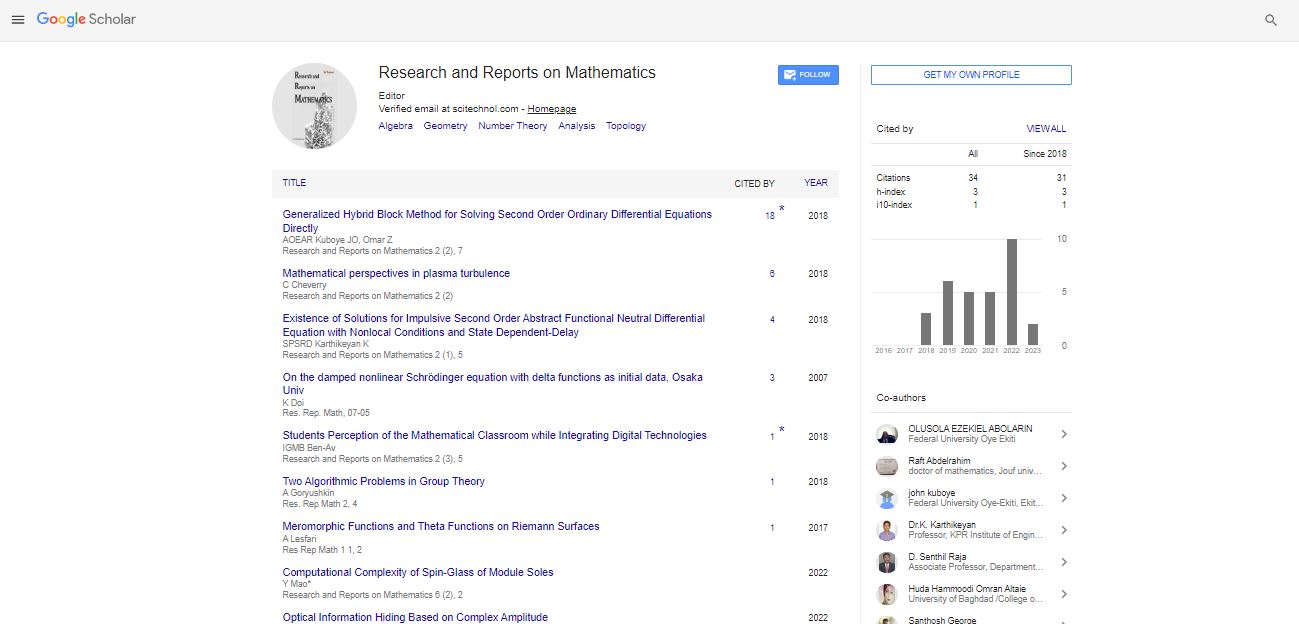Commentary, Met Mater Int Vol: 8 Issue: 1
Seafaring Sentinels: Safeguarding Aluminium Alloys against the Corrosive Forces of the Sea
Xiufang Wen*
1Department of Material Science, Peking University, Beijing, China
*Corresponding Author: Xiufang Wen,
Department of Material Science, Peking
University, Beijing, China
E-mail: wenxf721@163.com
Received date: 24 February, 2024, Manuscript No. RRMT-24-136644;
Editor assigned date: 28 February, 2024, PreQC No. RRMT-24-136644 (PQ);
Reviewed date: 14 March, 2024, QC No. RRMT-24-136644;
Revised date: 21 March, 2024, Manuscript No. RRMT-24-136644 (R);
Published date: 28 March, 2024, DOI: 10.4172/Rrmt.1000201
Citation: Wen X (2024) Seafaring Sentinels: Safeguarding Aluminium Alloys against the Corrosive Forces of the Sea. Met Mater Int 8:1.
Description
Corrosion remains a significant challenge for materials exposed to marine environments, particularly aluminium alloys due to their susceptibility to various forms of corrosion. This manuscript examines the corrosion resistance of aluminium alloys in marine settings, studying the mechanisms of corrosion, factors influencing corrosion rates, and strategies for enhancing corrosion resistance. Through a comprehensive review of literature and case studies, this paper provides insights into the current understanding of aluminium alloy corrosion in marine environments and highlights recent advancements in corrosion mitigation techniques. Corrosion poses a persistent threat to structures and components exposed to marine environments, leading to significant economic losses and safety concerns.
Aluminium alloys are widely used in marine applications due to their desirable properties such as lightweight, high strength, and excellent formability. However, the corrosion susceptibility of aluminium alloys remains a serious issue, impacting the durability and performance of marine structures, vessels, and equipment. This study provides an in-depth analysis of the corrosion behavior of aluminium alloys in marine environments, aiming to elucidate the underlying mechanisms, identify key factors influencing corrosion rates, and propose effective strategies for mitigating corrosion damage. In marine environments, aluminium alloys are exposed to various corrosive agents, including seawater, moisture, oxygen, and marine organisms. The primary forms of corrosion encountered in these settings include uniform corrosion, pitting corrosion, galvanic corrosion, crevice corrosion, and Stress Corrosion Cracking (SCC).
Uniform corrosion occurs uniformly across the metal surface, leading to overall material loss, while pitting corrosion involves localized attack, resulting in the formation of pits or cavities. Galvanic corrosion occurs when aluminium alloys are in contact with dissimilar metals in the presence of an electrolyte, leading to accelerated corrosion of the less noble metal. Crevice corrosion occurs in confined spaces or crevices where oxygen depletion and accumulation of corrosive species promote localized corrosion. Stress Corrosion Cracking (SCC) is a particularly concerning form of corrosion that occurs under tensile stress in the presence of a corrosive environment, leading to catastrophic failure.
Several factors influence the corrosion rates of aluminium alloys in marine environments, including alloy composition, environmental conditions, surface treatments, and design considerations. The composition of aluminium alloys, particularly the presence of alloying elements such as copper, magnesium, and zinc, significantly influences their corrosion resistance. Environmental factors such as temperature, salinity, pH, and dissolved oxygen content also play a serious role in determining corrosion rates. Surface treatments, such as anodizing, conversion coating, and organic coatings, can enhance the corrosion resistance of aluminium alloys by forming protective oxide layers or barriers against corrosive agents. Additionally, design considerations, such as avoiding crevices and minimizing galvanic coupling with dissimilar metals, can help mitigate corrosion damage in marine structures.
Various strategies have been employed to enhance the corrosion resistance of aluminium alloys in marine environments. Surface treatments, such as anodizing, chromate conversion coating, and organic coatings, are commonly used to provide. This section presents case studies and practical applications illustrating the effectiveness of corrosion mitigation strategies in real-world marine environments. Case studies highlight successful corrosion prevention techniques implemented in marine structures, vessels, and offshore installations, showcasing the importance of proactive corrosion management practices.
Conclusion
In conclusion, corrosion remains a significant challenge for aluminium alloys in marine environments, necessitating proactive measures to mitigate corrosion damage and ensure the longevity of marine structures and equipment. By understanding the underlying mechanisms of corrosion and implementing effective corrosion mitigation strategies, the durability and performance of aluminium alloys in marine applications can be significantly enhanced. This provides a comprehensive overview of the corrosion resistance of aluminium alloys in marine environments, offering valuable insights for researchers, engineers, and practitioners involved in marine engineering, materials science, and corrosion management.
 Spanish
Spanish  Chinese
Chinese  Russian
Russian  German
German  French
French  Japanese
Japanese  Portuguese
Portuguese  Hindi
Hindi 